 Vensa Infrastructure wins ₹412.58 crore civil contract for Hisar Airport
Vensa Infrastructure wins ₹412.58 crore civil contract for Hisar Airport Kuala Lumpur-Singapore high-speed rail project cost could be slashed to RM70 Billion
Kuala Lumpur-Singapore high-speed rail project cost could be slashed to RM70 Billion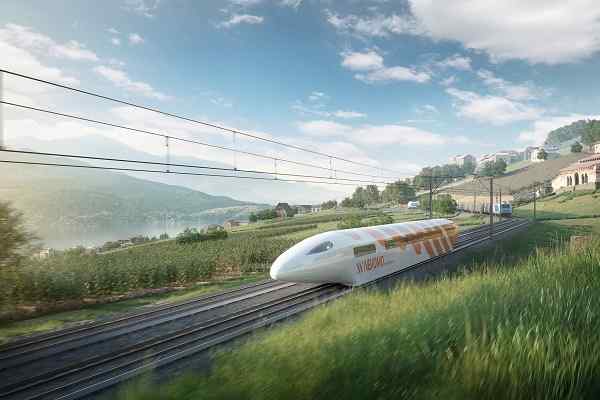 Nevomo's MagRail Technology Selected for Hyperloop Freight Demonstrator
Nevomo's MagRail Technology Selected for Hyperloop Freight Demonstrator Russia signs deal to procure bullet trains for Moscow - St. Petersburg high-speed line
Russia signs deal to procure bullet trains for Moscow - St. Petersburg high-speed line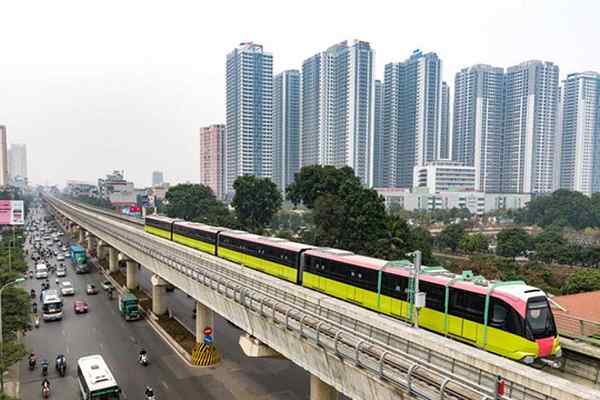 Vietnam plans new metro rail lines to replace its BRT systems in Hanoi
Vietnam plans new metro rail lines to replace its BRT systems in Hanoi  Revolutionizing Indian Railways: The Rise of Indigenous High Speed Bullet Trains
Revolutionizing Indian Railways: The Rise of Indigenous High Speed Bullet Trains Ayodhya deployed Gobbler Litter Buster to keep the City clean
Ayodhya deployed Gobbler Litter Buster to keep the City clean BMW's Emissions Investigation: What Does It Mean for Drivers?
BMW's Emissions Investigation: What Does It Mean for Drivers?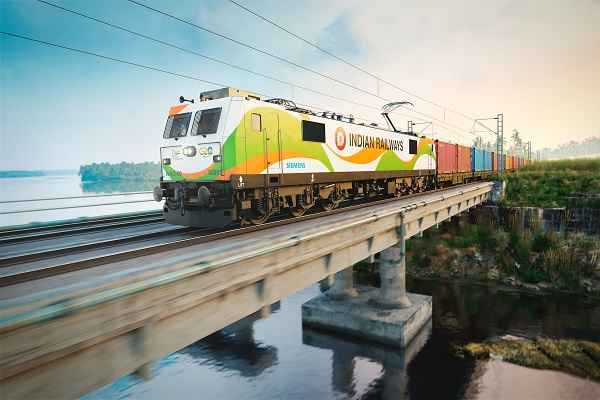 171 Years of Indian Railways: A History of Innovation and Progress
171 Years of Indian Railways: A History of Innovation and Progress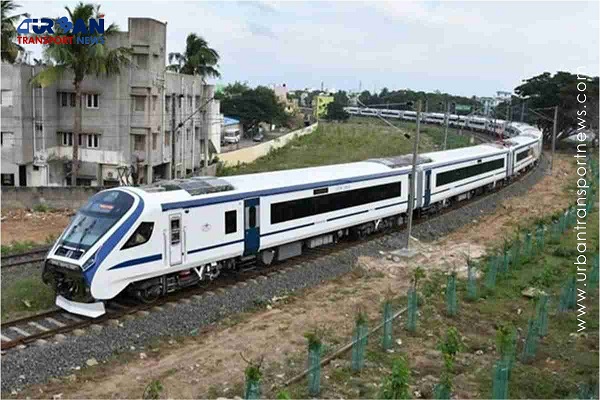 Vande Bharat Express trains carries over two crore passengers since their inception
Vande Bharat Express trains carries over two crore passengers since their inception
Canada's Budget 2021: Low-Carbon Transit Technologies Transforming Canada for the Better
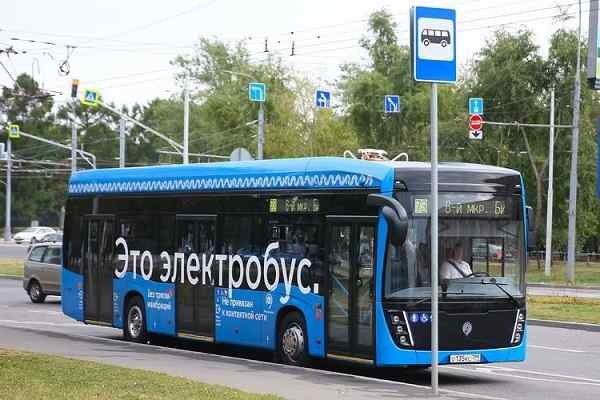
This week, Canada finds itself in a unique position. Minister of Finance, Chrystia Freeland, has just transformed the future of this country’s transportation landscape via her inaugural budget. It's a 700-page tome of budgetary incentivization that will – without a doubt – alter the face of Canada’s transportation-energy matrix for generations to come.
The investments made in Budget 2021 will result in a mobility landscape that looks, unlike anything Canadians have experienced before. It's one that puts transit and shared mobility at the forefront of a shift away from automotive-focused transportation paradigms that languish with waning 20th-century energy systems.
As Canadians, we’ve had a few trial runs in the lead up to this budgetary moment.
The federal budget released on Monday also contains investments that have the potential to reduce about 40 percent of Canada’s greenhouse gas emissions (all from transportation), while motivating a fundamental redesign of our cities at the road and side-walk level.
Trial runs for this budgetary moment
As Canadians, we’ve had a few trials runs in the lead-up to this budgetary moment.
The Kyoto Protocol was an ambitious project aimed at trying to get countries around the world to coordinate their emissions targets, and to agree to binding reductions that would get carbon out of our transportation networks.
It didn’t work.
As Canadians, we didn’t meet our targets. And we didn't even have a real plan. But Kyoto was an important first step. From it, we learned that unilateral top-down rigid approaches to complicated relationships generally don’t work.
And our relationship with the environment is complicated.
The failure of Kyoto led to the Paris Climate Agreement a few years ago. Paris took a more collaborative, bottom-up approach with world leaders being directed to show up with their own promises – ones that nations could agree to abide by.
Canada, like others, showed up with commitments to radically reduce pollution from all its industrial sectors, while knowing that to achieve the ambitious goal of keeping climate change to less than 1.5 degrees above pre-industrial levels we will need to eliminate petroleum fossil fuels almost entirely as a combustion fuel and overhaul our entire transportation network, including transit.
Budget 2021 furthers this historic commitment to climate action through transportation innovation.
Budget 2021: a new mobility future
For low-carbon transit technologies, this budget is a first-of-its-kind. It offers permanent public transit funding in the order of billions of dollars per year focusing the use of those dollars on zero-emission buses, like battery-electric buses (BEBs), hydrogen fuel cell electric buses (FCEBs), and renewable natural gas-powered buses (R-CNGs).
These investments will improve local air quality and reduce transit emissions by more than 90 per cent in many Canadian communities within the next decade and a half.
Bluntly put, Budget 2021 puts cars at the back of the transit line. And rightly so.
Shared mobility in the form of electrified and zero-emissions buses, frequent rapid rail systems, and automated and connected electric shuttles comes first. These technologies will be expanded where they are already proving effective in cities like Vancouver, Edmonton, Calgary, Toronto, Brampton, Laval, Montreal and across York Region. And they will infiltrate the fleets of smaller cities and towns by 2030, supporting a true post-pandemic green recovery for all Canadians using public mobility services.
Budget 2021 puts cars at the back of the transit line.
Whether history recounts Budget 2021 as a final version of other previous and similar 20th-century post-war recovery programs or as the first of what might be many future post-pandemic recovery programs in the centuries ahead is a matter for erudite debate in sequestered circles of academia.
What matters for most of us today is our society is about to change.
Green and shared mobility has taken hold
Across Canada, the US, Europe and globally, a transit-focused green and shared mobility industry has already started to take control of our streets. Thousands of zero-emission buses have already been purchased and deployed across the continents. Even in Canada, while just a few pilot buses were on the roads by the end of 2018, our transit agencies have now deployed more than 100 zero-emission buses nation-wide and committed to more than 550 by 2022-2023. These developments are led by the Toronto Transit Commission, TransLink, Société de transport de Laval, Société de transport de Montréal, Edmonton Transit, Brampton Transit, and York Region Transit. Meanwhile, cities like Mississauga, London, Guelph, Quebec City, Winnipeg, Burlington, Ottawa and Kingston have also lined up with their public visions to procure zero-emission buses and allied charging and fuelling systems.
What matters for most of us today is our society is about to change.
This year Minister Catherine McKenna announced billions of dollars to get 5,000 non-polluting zero-emission buses out the door – that’s about 30 percent of the Canadian fleet. It will eliminate 750,000 tonnes of greenhouse gases locally and globally, and support healthier lungs and happier transit riders.
Is it possible? Yes. Because unlike electric cars, which households buy one-by-one, transit fleets operate in stepwise functions with large procurements all at once.
With these procurements come jobs. Our team at CUTRIC has calculated that for every $1 billion dispersed in the green transit industry, the federal government is supporting approximately 260,000 direct full-time and part-time jobs in the transit, utility and zero-emission bus manufacturing and supply chain industry and creating between 30,000 and 98,000 new direct and indirect jobs.
These jobs are coming just when we need them most. When people can get jobs, make money and raise families from industry, it’s here to stay. And Budget 2021 makes this type of economy a permanent fact of life – not a hypothetical potentiality up for debate.
The Supreme Court weighs in
In recent weeks the Supreme Court of Canada agreed climate change is catastrophic to human health and longevity, and that a nationwide carbon tax that prices pollution is both legal and just. Canada’s top court confirmed climate change is not just an energy issue – it’s a human issue that affects the lives of all Canadians. Combating it and planning for it is a national necessity. As a result, the federal government has stated we need a high-priced carbon levy at $170/tonne by 2030 to permanently change our transportation behaviours as a national community. This price point means we’re all about to feel the costs of our polluting transportation systems. And that means we will all reassess the way(s) we get around.
For the first time ever we can all say we live in a national political context in which every major federal political party has a climate action plan in place and every elected leader of a major political party in this country actually believes climate change is both real and a threat to human life.
Minister Freeland’s Budget 2021 builds on these foundational developments in Canadian climate action. It charts a pathway forward for our society that is green, bold, and more equitably mobile than ever before.
It’s about time.







